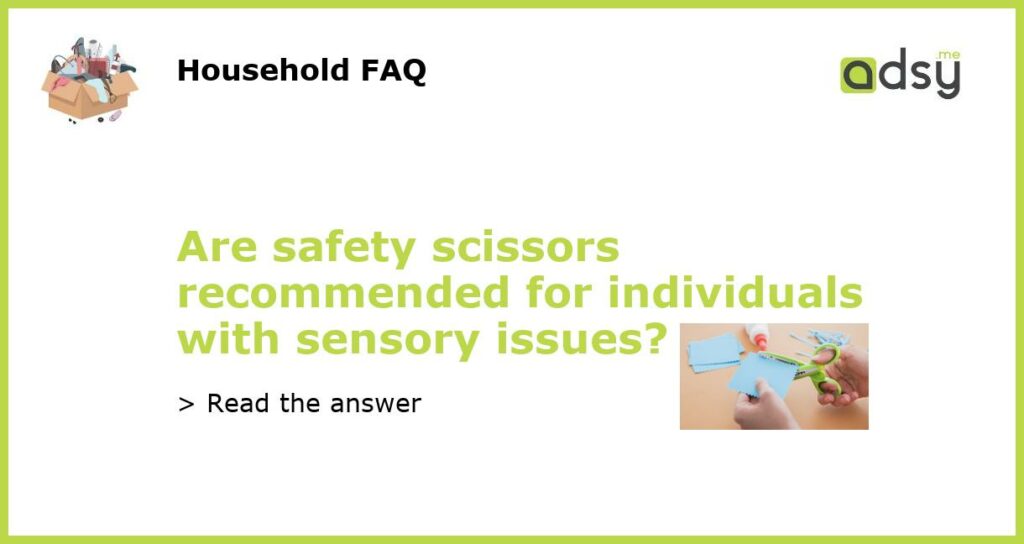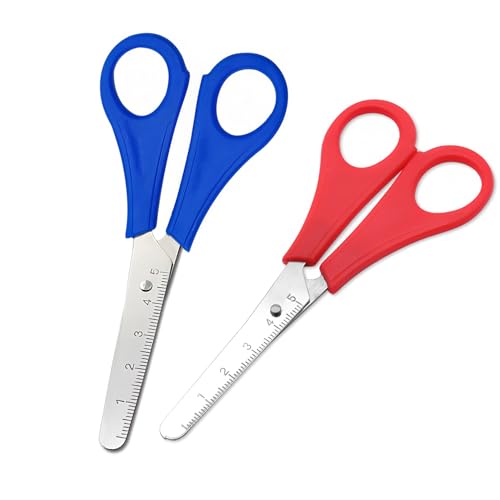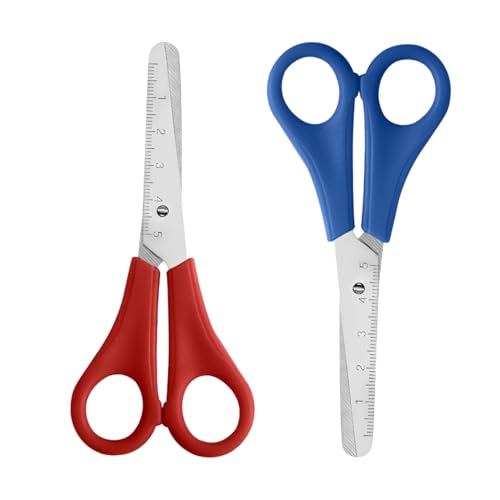What are sensory issues?
Sensory issues, also known as sensory processing disorder or sensory integration dysfunction, refer to difficulties in processing and responding to sensory information from the environment. These difficulties can impact a person’s ability to perceive and interpret sensory input, such as touch, sound, smell, taste, and visual stimuli.
The challenges faced by individuals with sensory issues
Individuals with sensory issues may experience sensory sensitivities or sensory seeking behaviors. Sensory sensitivities involve being overly sensitive or easily overwhelmed by sensory input, such as loud noises, bright lights, or certain textures. On the other hand, sensory seeking behaviors involve actively seeking out sensory input, such as spinning, rocking, or touching objects with specific textures.
These sensory challenges can impact various aspects of a person’s life, including their ability to engage in daily activities, participate in social interactions, and handle new or unfamiliar situations. It is important to create environments and provide tools that support individuals with sensory issues and help them navigate their daily lives more comfortably.
The role of safety scissors for individuals with sensory issues
When it comes to activities such as arts and crafts or cutting paper, safety scissors can play a beneficial role for individuals with sensory issues. Safety scissors are designed with rounded tips and plastic blades, which reduce the risk of injury compared to traditional scissors with sharp metal blades.
For individuals with sensory sensitivities or aversions to noise, the quiet cutting action of safety scissors can be less overwhelming. Many safety scissors also feature ergonomic handles that provide a more comfortable grip, making them easier to hold and manipulate. This can be particularly helpful for individuals with fine motor difficulties, a common challenge associated with sensory issues.
In addition to providing a safer and more comfortable cutting experience, safety scissors can also support sensory seeking behaviors. Some individuals with sensory issues may find the repetitive cutting motion and tactile feedback from using scissors to be calming or satisfying. It can serve as a way for them to regulate their sensory input and engage in a self-soothing activity.
Other considerations for individuals with sensory issues
While safety scissors can be helpful for individuals with sensory issues, it is important to consider individual preferences and needs. Some individuals may have specific sensory preferences or aversions that impact their comfort with using certain types of scissors.
It can be beneficial to offer a variety of scissor options and allow individuals to try different ones to find the most comfortable and effective option for them. This could include different sizes, handle designs, or cutting mechanisms. It is also important to provide guidance and support when introducing scissors to individuals with sensory issues, ensuring they understand proper usage and safety precautions.
Safety scissors can be recommended for individuals with sensory issues as they provide a safer and more comfortable cutting experience. The rounded tips and plastic blades reduce the risk of injury, and the ergonomic handles make them easier to hold and manipulate. Additionally, the repetitive cutting motion and tactile feedback can be calming and satisfying for individuals with sensory seeking behaviors. However, it is important to consider individual preferences and needs when selecting scissors for individuals with sensory issues and provide guidance and support during their use.





![HELIX OXFORD Childrens Kids Scissors 13cm Round Ended Craft Scissors [Pack of 2 Pairs]](https://m.media-amazon.com/images/I/41pqHuHNlOL.jpg)
